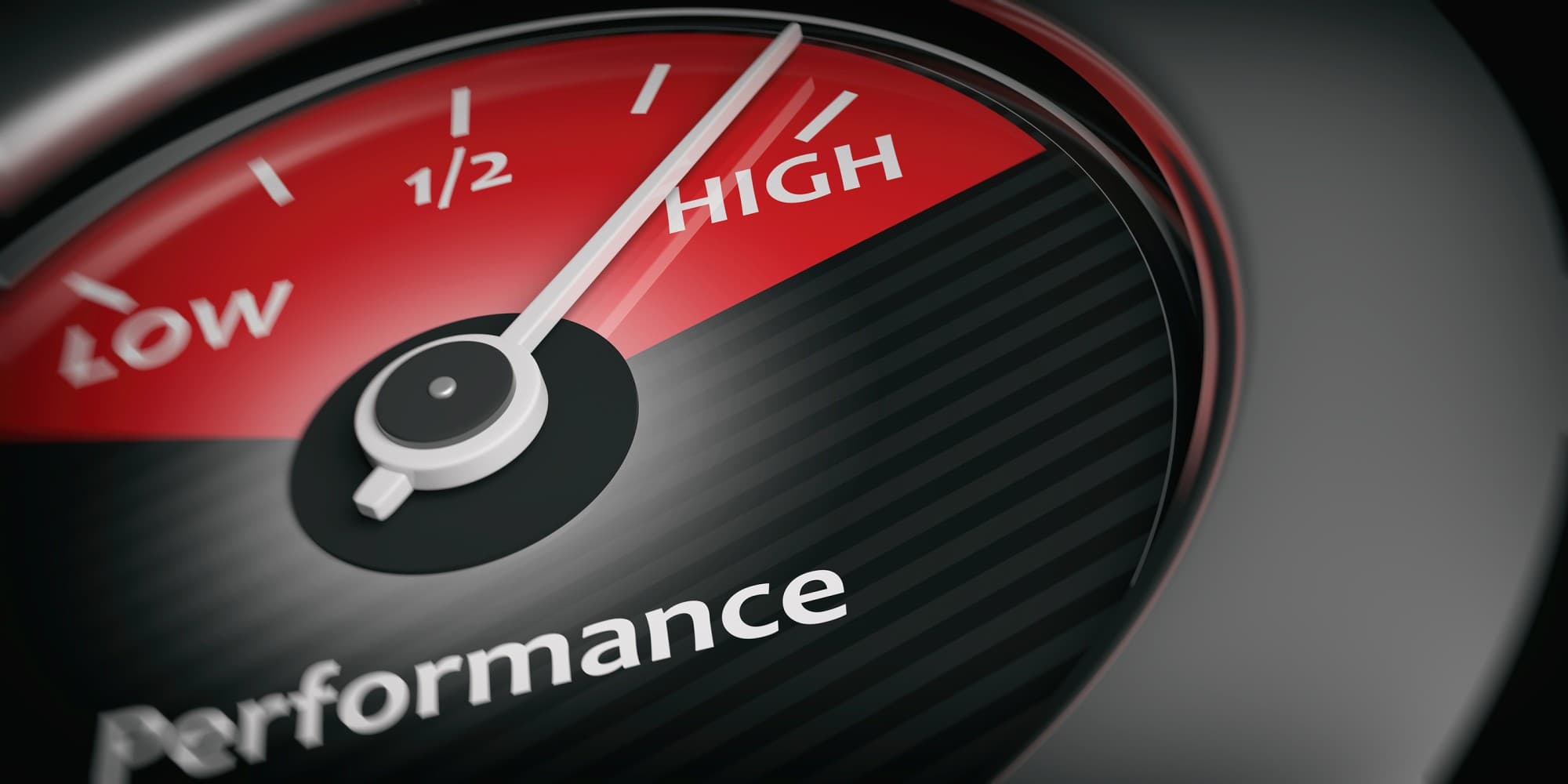Recruiters are constantly scouring the market for top talent, which is great and necessary, but what if the next wave of star employees is already working at your organization? Many companies are sitting on a goldmine of untapped potential, with middle performers who have the capacity to become high performers.
There’s a common misconception that middle performers have reached their peak potential; research suggests that only a small fraction are truly maxed out. Unfortunately, while the rest have untapped potential, managers do little to help them develop it.
A Leadership IQ study revealed that only 26% of leaders believe they’re adept at developing middle performers into high performers. Another study discovered that only 20% of employees say their leader always takes an active role in helping them grow and develop their full potential.
One of the first steps in fixing this is discovering what’s stopping middle performers from becoming high performers. A recent report on employee engagement surveys points out how open-ended survey questions can be used to surface the impediments to your middle performers’ growth. Given that your company likely conducts annual surveys, you’re already sitting on a wealth of insight.
For example, lack of confidence is a significant hurdle for approximately 20% of middle performers. This barrier often stems from past failures, imposter syndrome, or a lack of positive reinforcement. Middle performers struggling with confidence may hesitate to take on challenging tasks, make self-deprecating comments, or be reluctant to share their ideas. As a result, they may underperform due to fear of failure or an unwillingness to step outside their comfort zones.
Another fifth of middle performers grapple with unclear performance expectations. This issue typically arises from poor communication from management, vague job descriptions, or inconsistent feedback. Signs of this barrier include misaligned priorities, confusion about what constitutes great work, or difficulty in self-assessing performance.
A quarter of middle performers perceive the costs of high performance as too high. This perception often results from observations of overworked high performers or a belief that work-life balance is impossible at higher performance levels. These individuals may be reluctant to take on additional responsibilities and may frequently comment on high performers’ stress levels.
Another quarter of middle performers face insufficient benefits or motivation. This barrier can be traced to a lack of recognition, limited growth opportunities, or misalignment between personal values and job requirements. These employees might exhibit selective high performance on personally interesting tasks but show low enthusiasm for company initiatives.
Understanding these barriers is the first step in addressing them and unlocking that hidden pool of talent. While traditionally focused on external hiring, recruiters can play a vital role in internal talent development. By expanding their role, recruiters can become key players in unlocking the potential of middle performers and creating a robust pipeline of internal talent.
One of the most critical steps recruiters can take is to partner closely with managers. This collaboration is essential for identifying middle performers with high potential and developing personalized growth plans. By combining the recruiter’s understanding of talent acquisition with the manager’s insight into day-to-day performance, they can create targeted strategies to nurture and develop promising employees.
Recruiters should also take the lead in creating internal mobility programs. These programs establish systems that allow employees to explore new roles within the organization. By facilitating internal moves, recruiters can help middle performers find positions that align with their strengths and interests, often unlocking their full potential.
Another crucial role for recruiters is developing talent pipelines. By creating clear pathways for middle performers to transition into high-impact roles, recruiters can provide a roadmap for career progression. This motivates middle performers and ensures a steady supply of internal candidates for key positions.
Finally, recruiters should become strong advocates for development resources. It can fall a bit outside of the traditional talent acquisition purview, but pushing for investments in training and mentoring programs can help middle performers reach their potential.
Recruiters have a powerful opportunity to drive change within their organizations by focusing on internal talent. By working closely with managers to recognize and develop the potential of middle performers, recruiters can tap into hidden talent. This enhances overall performance and fosters a more engaged and loyal workforce. Remember that your next standout employee could already be part of your team – they just need the right support to thrive.
